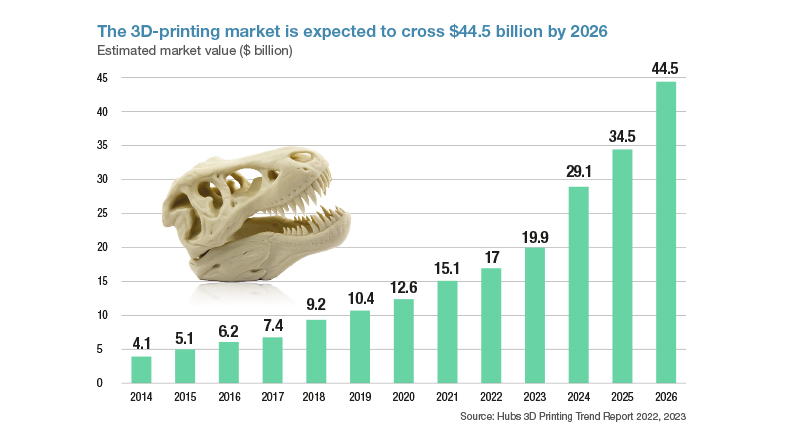Scientist and sorcerer
-
- from Shaastra :: vol 03 issue 07 :: Aug 2024

Cornelis Drebbel's inventions were mired in mystery.
On a warm summer day in 1620, James Charles Stuart, the King of England and Scotland, led a curious party into the Great Hall of Westminster Abbey to witness a miracle. Cornelis Drebbel (pictured), a Dutch inventor who had ingratiated himself into the King's court, had promised to turn summer into winter (nyti.ms/4cWuagt). The idea pleased the monarch, whose sensitive skin was prone to sweating and itching under the hot sun. When the crowd reached the centre of the large hall, they noticed that the air had indeed turned unusually cold. The King started shivering, so much that he turned tail and walked out of the church, followed by the others.

Some believe that Drebbel used large troughs containing water mixed with salt, potassium nitrate, and snow sourced from underground snow pits to create the cold air. But he never divulged his secret: it only added to the mysterious aura that he had built around himself. After working for many years as a lensmaker, engraver and inventor in the Netherlands, Drebbel had moved to London at the King's invitation in 1604. A few years later, he was called to Prague by Emperor Rudolf II, but ended up in jail when the latter was deposed. In 1613, Drebbel was freed and returned to England.
By this time, Drebbel had many inventions to his credit: a "perpetual motion" clock that needed no winding, a self-regulating oven, a camera-like device for projecting images, and a thermostat. An expert at glass-grinding, he fashioned what might have been the first compound microscope (bit.ly/microscope-Drebbel). He also designed explosives for the Royal Navy. He could dazzle crowds with spectacular firework displays and special effects for theatre shows.

SECRET-KEEPER

Public opinion of Drebbel was divided. While some thought of him as a genius inventor, others dismissed him as a mere court entertainer, a dabbler in occultism, and a "vulgar mechanick" without the right education or scientific rigour (bit.ly/Drebbel-history). The fact that Drebbel refused to share or publish any notes about his inventions, and presented himself more as a showman than a scientist – so that he could continue to remain in the King's favour – did not help.
But his most impressive performance was yet to come. Sometime soon after the Abbey experiment, thousands gathered on the bank of the River Thames to glimpse his latest invention: a watertight rowboat (pictured) sealed with leather except for holes to insert oars, carrying large pigskin bladders that could fill up with water. To the crowd's awe, the vessel sank into the water up to nearly 15 feet, stayed submerged for about three hours, and travelled a distance of about five miles. The final version could carry up to 16 people. The King himself was believed to be a passenger on one of its expeditions (bit.ly/sub-vessel). How exactly the submerged vessel replenished its air supply is a mystery, but he might have figured out a way to produce oxygen underwater by heating potassium nitrate (bit.ly/sub-mystery). Drebbel's submarine design, however, never fully took off. It was only in the 1770s that American inventor David Bushnell developed the first submarine successfully used in warfare.
After the King died in 1625, Drebbel continued working for the Navy. He designed explosives and torpedoes for an expedition to the Siege of La Rochelle, a Protestant-Catholic conflict, in 1628. When the expedition failed, he was dismissed from service. Steeped in poverty, he died in London in 1633, taking to his grave the secrets of many of his inventions.
POP-CULTURE FAME

Drebbel was not well known, but his name appears in many places, both in fiction and real life. He might have been the inspiration for Prospero, the sorcerer in Shakespeare's The Tempest. The Dutch version of the Harry Potter series changed the character name Cornelius Fudge (the Minister for Magic) to Cornelis Droebel, after the inventor. There's even a crater on the moon named after him, as well as a brand of gin (bit.ly/Drebbel-gin).
Have a
story idea?
Tell us.
Do you have a recent research paper or an idea for a science/technology-themed article that you'd like to tell us about?
GET IN TOUCH














